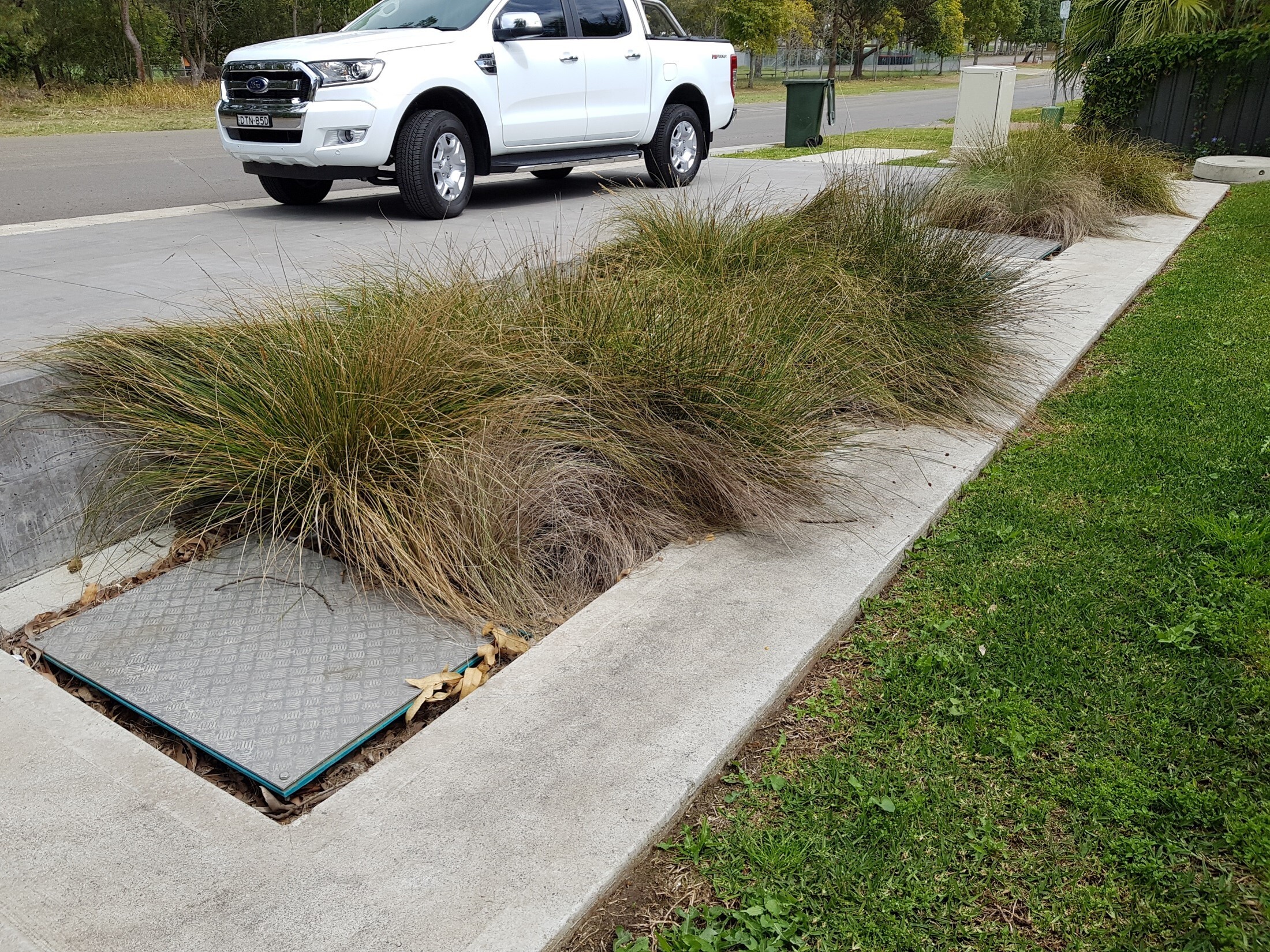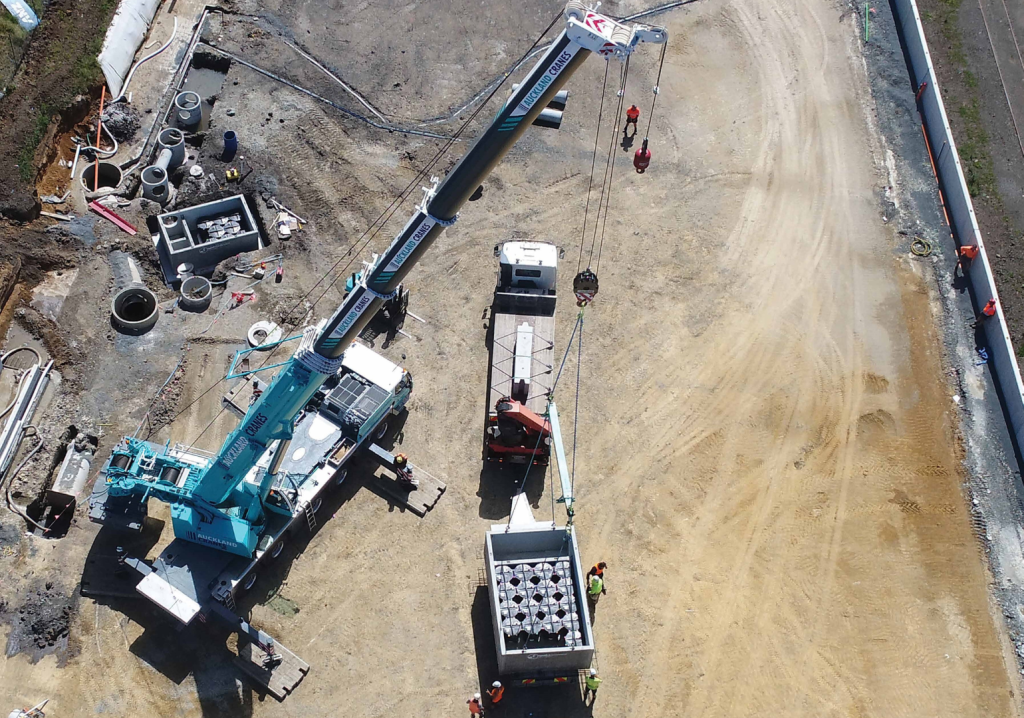A sudden deluge of rain can cause severe environmental damage in built-up areas if pollutants are washed into local waterways or delicate ecosystems.
Stormwater can carry a huge volume of harmful substances from our urban catchments and convey pollutants from housing estates, civil infrastructure, and commercial, industrial and agricultural land uses.
More than 130,000 t of plastic enter Australian waterways each year and impact our riverine and marine ecosystems. Without stormwater treatment, these plastics are conveyed downstream to our lakes, rivers and seas.
The most effective way to prevent the conveyance of pollutants during rainfall events is the installation of stormwater quality improvement devices (SQIDs). These devices capture pollutants in our urban catchments before they flow into drainage infrastructure, groundwater or rivers.
Engineers designing stormwater drainage for urban developments must be confident that the solutions they choose meet state and local government planning guidelines.
An innovative approach to verifying treatment devices
Stormwater Quality Improvement Device Evaluation Protocol (SQIDEP) enables manufacturers to receive independent verification of the removal performance of stormwater devices and technologies using a robust and repeatable framework.
“SQIDEP was born out of an industry need to verify the efficacy of proprietary devices in filtering out pollutants, which can degrade waterbodies causing eutrophication or algal blooms,” said Dr Luke Verstraten, an environmental science and engineering lecturer at the University of the Sunshine Coast (UniSC).
That task has been made simpler by the third-party assessment process introduced by peak industry body Stormwater Australia in 2018, which ensures device performance is verified by independent researchers and industry-based evaluators.
“It gives regulatory and consumer confidence in empirical checks and balances for evaluating treatment systems. The protocol provides a level playing field for developers and engineers to meet planning guidelines from local and state authorities.”
UniSC researchers have been investigating efficient and effective methods to test stormwater devices. Health and environment lecturer Jane-Louise Lampard, who sits on the SQIDEP Technical Review Panel, said “having a verification protocol for devices is a critical step towards achieving pollutant reduction targets and protecting downstream environments”.
“Thirty years ago, there were less stringent regulation around the quality of run-off leaving developments,” she said. “Standards for protecting aquatic ecosystems have risen.
“SQIDEP helps industry to demonstrate they are meeting required water quality objectives and planning regulations while ensuring design and project management timelines are streamlined for engineers, developers and councils. This data-driven verification process enables confident decision-making when identifying treatment solutions to meet catchment requirements.”
Early movers: Undertaking SQIDEP evaluation
The first company to submit their devices to this rigorous verification assessment is Australian stormwater quality improvement device specialist Atlan Stormwater.
Atlan has engaged key universities, including UniSC, as research partners to independently measure performance and provide data to support SQIDEP verification. Four of their pollutant removal products have already been successfully verified:
- AtlanBasin: A modular bioretention system ideal for high-performance stormwater filtration in condensed footprint scenarios
- FlowGuard: Decentralised treatment device that inserts into drains for the precise and effective removal of solids and dissolved contaminants
- AtlanFilter (Full and half-height): A filter cartridge system with high surface treatment area and low maintenance requirements

The company, which has been at the forefront of SQIDEP’s industry adoption, locally manufactures fibreglass (FRP) and precast concrete stormwater assets. With full-service design, installation and maintenance capabilities, Atlan Stormwater builds risk-free, clean water solutions for the future.
Supporting engineers to meet design specifications for water quality and quantity scenarios, Atlan Stormwater’s devices accommodate factors such as project proximity to nearby nature reserves and waterways, and catchment characteristics such as flow rate, permeability and pollutant loads.
Labs without walls
The first SQIDEP approval pathway relies on monitoring natural rainfall events in the field – which involves collecting samples from multiple weather events that fall within specific criteria for volume, intensity and pollutant load. In some catchments, this can take up to two years.
“When we’re testing out in the field, we’re at the mercy of the weather,” Verstraten said. “It might be months before there’s a big enough storm to take measurements, then we have to get samples to the lab within a narrow timeframe to ensure suitability for testing.”
The UniSC water research team has developed a “lab without walls” to help overcome the challenges of field testing. Using applied science methodologies and recommendations from Stormwater Australia’s draft SQIDEP laboratory protocol, they have tested devices in situ and replicated rainfall events in a controlled test environment.
Verstraten, will bring light to applying SQIDEP principles in a “lab without walls” in Engineer Australia’s Thought Leader Series. He believes a key advantage of the protocol is that it’s an adaptable document that meets industry needs and changing sustainability compliance.
“The environment is dynamic, so it changes over time,” he said. “SQIDEP can adapt to emerging technologies and new legislative demands.”
As new treatment capabilities emerge, the ways in which stormwater is measured and tested will adapt. Lampard believes “having a living protocol developed with, and supported by, industry increases how quickly we can respond to changes in technology, regulation and climate”.
Register for a free Engineers Australia webinar on the benefits of SQIDEP on 29 May.

